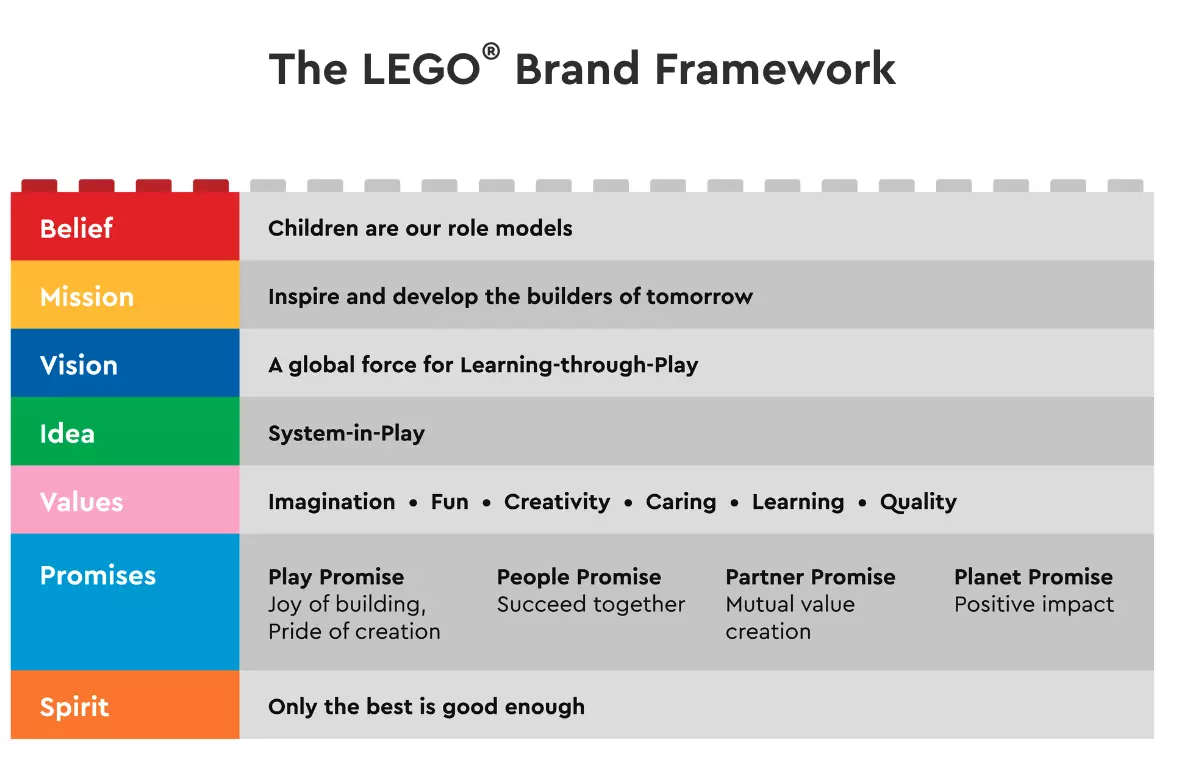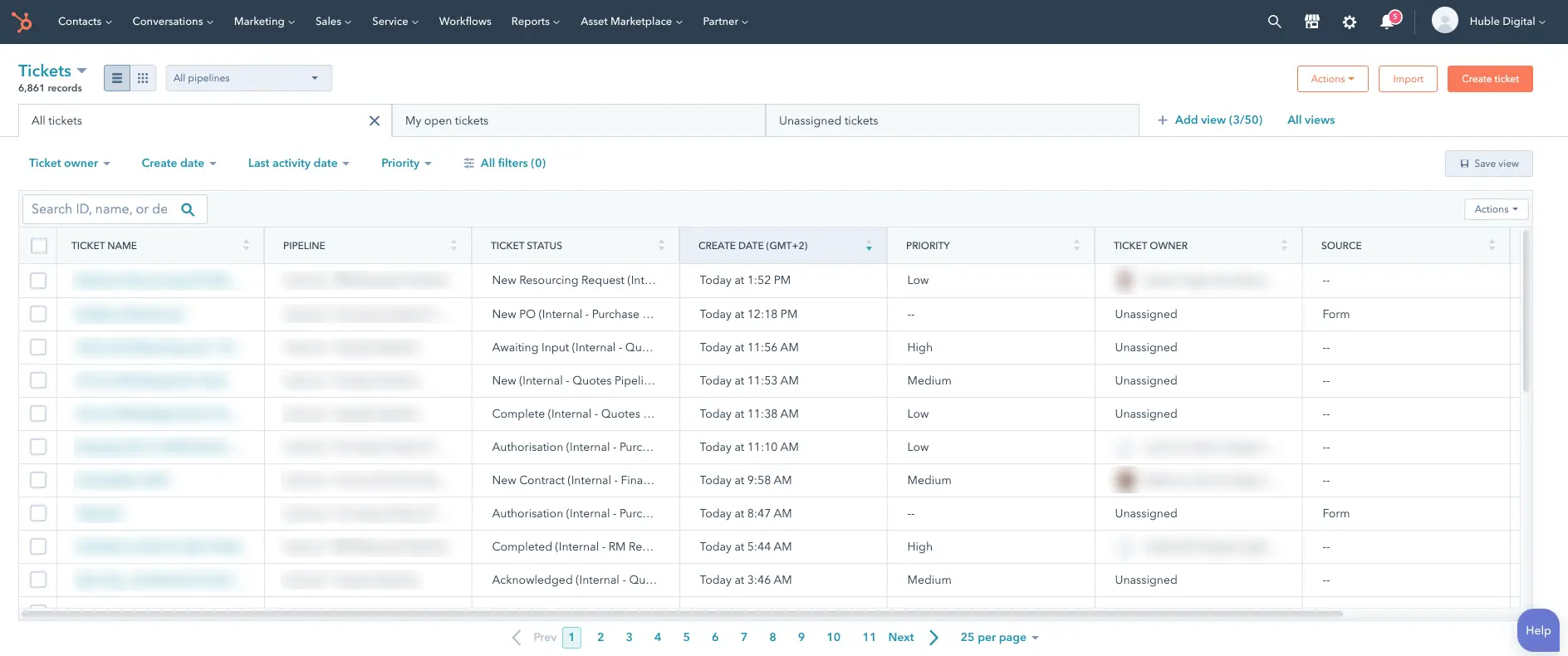Customer retention is crucial to any business. If you want to stay competitive, you need to retain customers. So how can you ensure that you don’t lose them?
Several proven strategies can help you improve your customer retention rates, along with key metrics you should monitor to gauge the effectiveness of these strategies.
In this article, we look at customer retention, why it’s important, which metrics matter, highlight some proven strategies, and discuss the role of CRM in customer retention.
Read on to learn more!
Critical customer retention rate metrics
Customer retention measures the percentage of customers who continue to do business with a company over a certain period. This metric is often used to assess the effectiveness of a company’s customer retention strategies, and to compare the performance of different companies in the same industry.
However, there are several other key customer retention metrics that you can use to measure and assess your customer retention efforts. Some of the most important metrics include:
-
Customer lifetime value: This is the total amount of money that a customer is expected to spend with a company throughout their relationship with the company.
-
Churn rate: This is the percentage of customers who stop doing business with a company over a given period.
-
Net promoter score: This is a measure of how likely customers are to recommend a company to others.
By tracking and analysing these metrics, you can identify areas for improvement, develop more effective customer retention strategies and improve their overall performance.
11 proven customer retention strategies
1. Provide a hassle-free onboarding process
Hassle-free onboarding helps ensure that new customers have a positive experience when they first start using your product or service.
First impressions are critical and can significantly impact a customer’s overall satisfaction with your offerings. If your customers have a poor onboarding experience, they may be less likely to continue using your product or service, or may even churn.
A smooth onboarding process can help:
-
Customers understand how to use the product or service: This can reduce frustration and increase satisfaction.
-
Customers achieve their goals: By clearly communicating the value and benefits of the product or service, you can help customers see how it can help them and encourage them to continue using it.
-
Establish trust and credibility: A well-designed onboarding experience signals to customers that your company values their business and is committed to helping them succeed.
2. Establish an inspiring mission
An inspiring company mission can help to create a strong and positive brand identity, motivate and engage employees, and attract and retain customers who share the same values and beliefs.
By having a clear and inspiring mission, a company can create a sense of connection and alignment with its customers.

For example, LEGO’s company mission is “To inspire and develop the builders of tomorrow”. This mission statement reflects its commitment to fostering creativity, innovation, and problem-solving skills in children and adults through the medium of play.
This emphasis on learning can make LEGO products more attractive to parents and educators, who may be willing to continue purchasing LEGO sets for their children or students.
Additionally, LEGO’s focus on sustainability and social responsibility demonstrate a commitment to values that align with those of many consumers.
3. Highlight your social proof
Social proof increases trust and credibility with your customers by using social signals, such as customer reviews and ratings, to show that other people have had positive experiences with your company.
Social proof also provides valuable feedback and insights into your products, services, and experiences. This can help customers to make more informed decisions, and to choose a company that is likely to provide a positive experience for them.
Another benefit is that when customers see that other people have had positive experiences with your company, they are more likely to believe that your products and services are of high quality and value, improving customer satisfaction and loyalty.
4. Use customer service tools
Customer service tools include a wide range of technologies and applications, such as live chat software, CRMs, and social media management tools, and help you provide better customer service and support. By using these tools, you can improve your ability to interact with customers and provide timely, relevant, and personalised assistance.
For example, live chat software can enable customer service representatives to handle multiple conversations simultaneously, which can help reduce response times and improve overall service levels.
5. Re-engage customers with automation
Automated re-engagement helps to keep your company top-of-mind with customers and can help to prevent them from becoming inactive or switching to a competitor.
There are several ways you can use automated re-engagement to retain customers, including:
-
Sending automated messages to inactive customers to remind them of your company and encourage them to make a purchase or use the service again
-
Offering personalised recommendations or special deals to inactive customers to try to entice them to come back
-
Sending automated surveys or feedback requests to inactive customers to gather insights into why they became inactive and how the company can improve
This is especially useful if you have a large customer base and don’t have the resources to reach out to inactive customers individually.
6. Differentiate yourself from your competitors
You need to differentiate yourself from your competitors. Doing so creates a unique and compelling value proposition that attracts and retains customers. For example, a company might differentiate itself by offering a unique product or service, by providing exceptional customer service, or by having a strong and positive brand reputation.
Another consideration is that when customers are faced with multiple options, they may choose to go with a company that offers something different and unique. By differentiating itself from its competitors, your company can make itself stand out and be more appealing to customers.
Finally, having a divide between your company and its competitors can help to build customer loyalty and trust. When customers are confident in the value and quality of a company’s products and services, they are more likely to continue doing business with the company and recommend it to others.
7. Use subscriptions
The main benefit of subscriptions is that they create a recurring revenue stream for your company. But they can also help with customer retention because they create a sense of commitment and loyalty from the customer.
When a customer signs up for a subscription, they are committing to continue doing business with your company over an extended period, helping to build stronger, more loyal relationships.
Subscriptions also provide opportunities for upselling and cross-selling, as these customers are more likely to purchase additional products or services from your company.
8. Surprise and delight your customers
When a company goes above and beyond to provide a positive and unexpected experience for its customers, it can create a memorable and enjoyable moment for the customer. This can help to improve customer satisfaction and to make it more likely that customers will continue to do business with the company and recommend it to others.
It also shows the customer that your company cares about their satisfaction and well-being. This can help to build trust and credibility, and create a positive and lasting relationship with them.
There are several ways you can surprise and delight your customers, including:
-
Providing excellent customer service: This might involve offering additional support or resources, or taking extra steps to ensure the customer is satisfied.
-
Meeting deadlines and exceeding expectations: A company that promises to deliver a product or service within a certain time frame might overdeliver by completing the work ahead of schedule or exceeding the customer’s expectations in terms of quality or functionality.
-
Offering additional value: For example, you could include free training or support with a product purchase, or offer a gift with a purchase.
9. Reward loyal customers
Loyal customers are valuable to your business because they are more likely to make repeat purchases, refer others to your company, and provide positive word-of-mouth marketing. By rewarding these customers, you can demonstrate your appreciation and encourage them to continue supporting your company.
There are many ways that you can reward loyal customers, including:
-
Offering special discounts or promotions to loyal customers
-
Providing exclusive access to new products or services
-
Giving loyal customers priority service or support
-
Offering personalised recommendations or tailored experiences based on their past purchases or preferences
Rewarding loyal customers can help to increase customer satisfaction and loyalty, and also help to build a positive reputation for your company, encouraging new customers to try your company’s offerings.
10. Demonstrate value
You need to show your customers that the product or service they are using is worth their time and money. When they feel that they are getting good value for what they are paying, they are more likely to be satisfied with their purchase and to continue using the product or service in the future.
There are several ways that businesses can demonstrate value to customers:
-
Offering high-quality products or services that meet or exceed customer expectations
-
Providing excellent customer service that helps to solve problems or address concerns in a timely and effective manner
-
Providing additional value-added services or resources, such as training or support, to help customers get the most out of the product or service
-
Offering competitive pricing that reflects the value of the product or service
11. Make renewals frictionless
Minimising any obstacles or barriers that might prevent your customers from renewing is essential because it ensures that they can continue to use your offerings without encountering any unnecessary difficulties or complications.
Removing friction from the customer renewal process improves retention for a number of reasons, including:
-
It increases customer convenience: Making it easy for customers to renew can lead to increased satisfaction and a willingness to continue doing business with the company.
-
It reduces churn: If customers encounter difficulties when trying to renew, they may be more likely to churn.
-
It fosters a positive customer experience: A frictionless renewal process can contribute to a positive overall customer experience.
There are several ways to reduce friction in the renewal process, including:
-
Making the process easy and convenient: This includes offering multiple payment options, providing clear instructions and guidance, and making the process accessible from various devices.
-
Offering incentives for renewing: These might include discounts, additional features or benefits, or exclusive offers.
-
Communicating clearly and proactively: This might involve sending reminders or notifications in advance of the renewal date, providing information about any changes or updates to the service or subscription, and answering any questions or concerns that customers may have.
How the right CRM can help you improve customer retention
A CRM can help you to better understand your customers and their needs, and to provide more personalised and relevant experiences for them.
The right CRM systems can also help you to identify potential churn risks and to take proactive steps to prevent customers from leaving.
For example, HubSpot’s Marketing Automation Tool can help your company to identify customers who have not engaged with your company in a while, and send targeted communications or offers to re-engage them.

Additionally, HubSpot’s Service Hub and Customer Feedback Software can help you to track customer feedback and complaints, and to respond to them in a timely and effective manner.
This can help to resolve customer issues and prevent dissatisfaction that could lead to churn.
At Huble, we’ve helped many clients migrate to the HubSpot CRM, get a better overview of their customers’ needs, and engage with them more effectively. To find out more about how we can help your business do the same, speak with our team.



